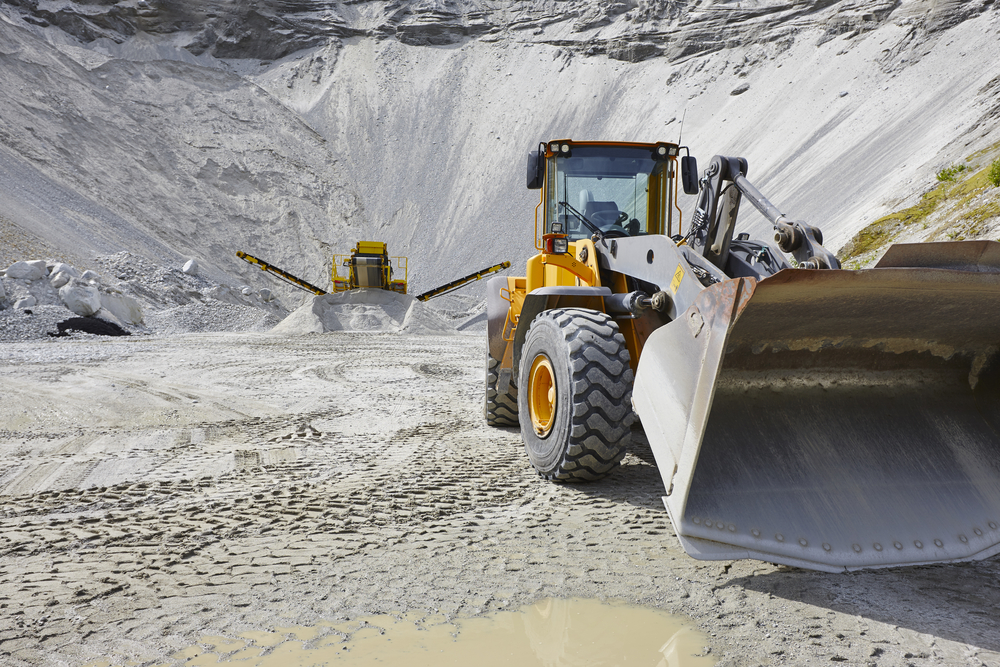Energy efficiency and conservation is a key method of lowering operating costs for any business or organization. It is imperative that the environmental footprint stemming from day-to-day operations is consistently kept to a minimum. Here are some ways you can become more energy efficient on-site, cutting down on expenses and environmental impact along the way.
Modernization
Environmentally friendly pieces of hardware are always being added to the market, outpacing once-reliable and cutting-edge machinery in terms of capabilities, features, and power consumption rates. If applicable to the conditions of your workplace, suggest the idea of upgrading technology to more cost-effective and efficient equipment. Much new hardware is accompanied by a larger initial investment, but returns are far stronger due to the benefit of reduced energy wastage. New technology also allows for streamlined operating practices through the implementation of new features, faster software, and modernized components. It will also help to cut down on required maintenance, which itself will result in reduced energy consumption as a result of fewer repairs.
In fact, upgrading software to that which is more efficiently able to monitor equipment energy usage can itself drastically reduce consumption. By instructing hardware to only use the precise amount of energy required and reroute excess wastage back into the grid, modernized operating systems and programs act as a strict digital enforcer of environmentally friendly operating practices. Implement remote equipment tracking and monitoring to ensure maximum efficiency in your workflows.
Energy Efficient Mindsets
Whether the modernization of equipment is a viable option or not, there are common day-to-day individual workplace practices that, when put into place, will also help to maximize energy efficiency. When applicable, unplugging or turning off machinery when not in use should ultimately become a habit amongst all workers including technicians, equipment operators, and maintenance staff. Using tools that are only the required size as opposed to those that would consume more electricity is another environmentally friendly method. Minimizing paperwork and avoiding printer/fax usage will help lower wastage, as will encouraging colleagues to be more energy efficient by incentivizing environmentally friendly behaviour.
Standardized Equipment Maintenance and Inspection
Regularly inspecting workstations with a willingness to consistently address equipment issues is a crucial step to take in regards to conserving energy on-site. Ensuring ventilation is blockage-free, heating and cooling systems are well-maintained and operated at standardized settings, and keeping operating equipment such as machinery or computer-based systems in pristine working order will greatly help to reduce wastage. Regulating property-wide scheduled inspections and maintenance is highly recommended to maximize effectiveness.
With these methods put in place, it should be easier than ever to better control energy wastage and reduce your environmental footprint. If all employees adopt conservation-focused practices and collectively contribute, you can be assured that energy usage will decrease in addition to your impact on the environment.




